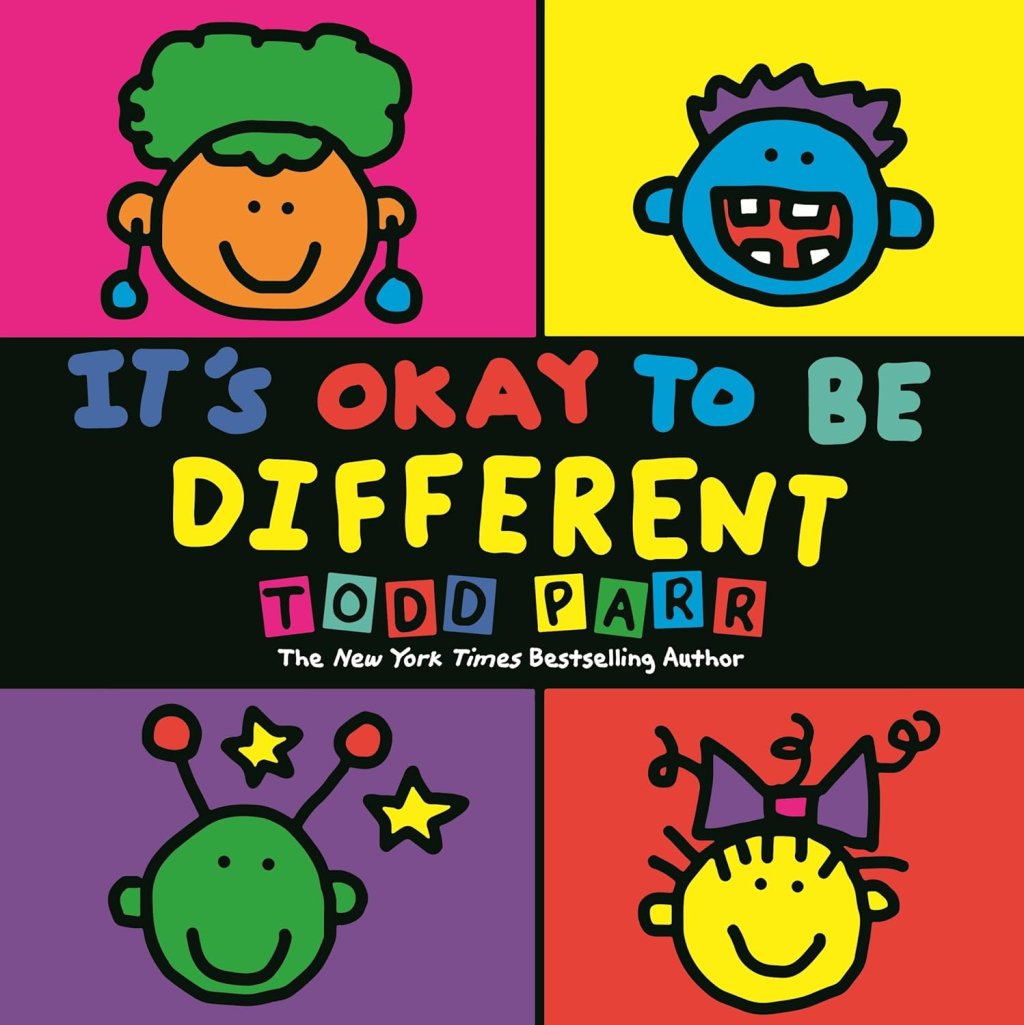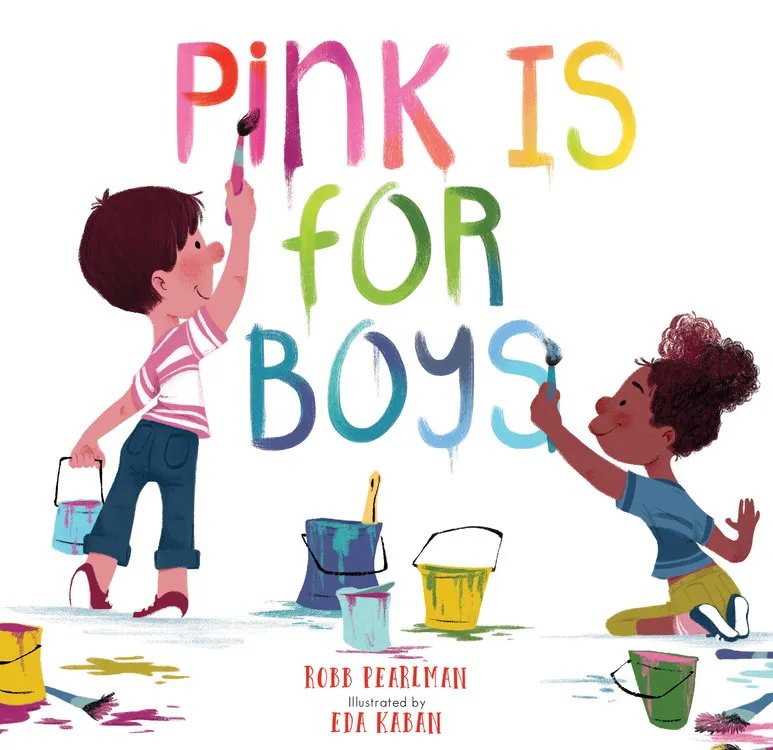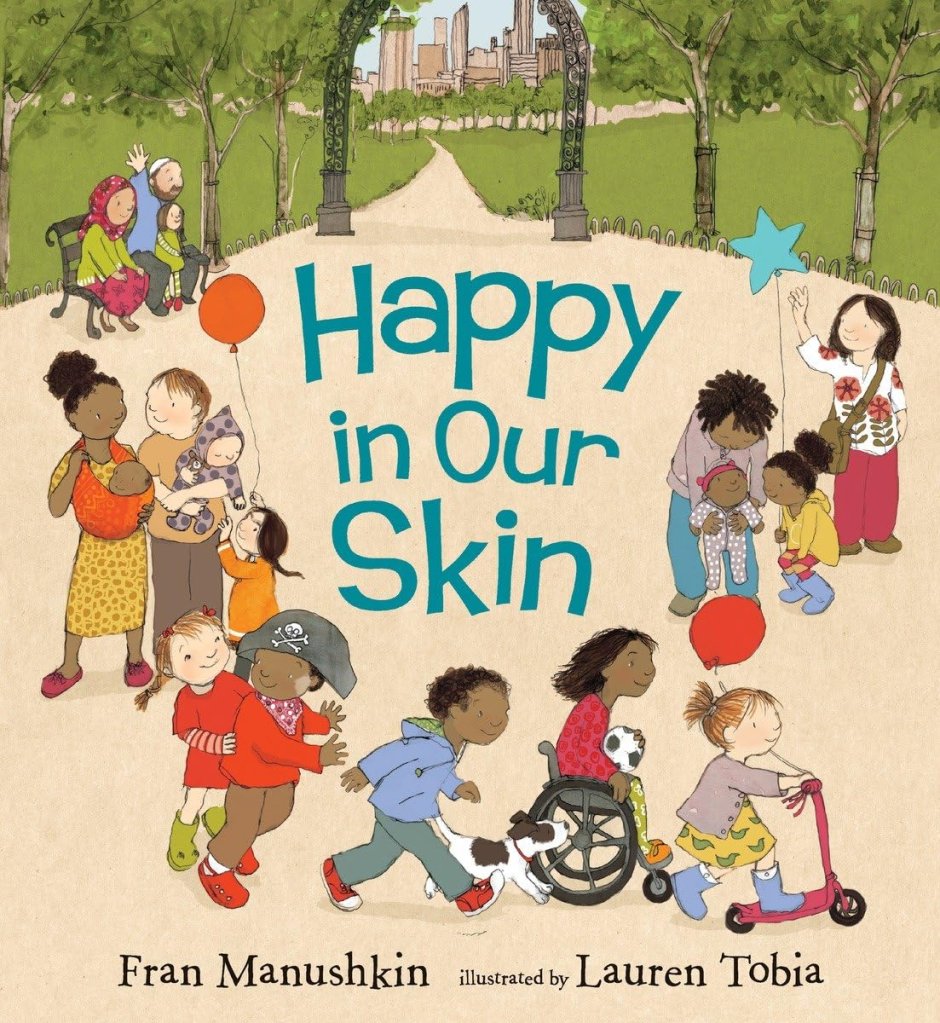Celebrating Diversity in Early Childhood Classrooms
Teachers working with young students can explore books that foster kindness and acceptance of differences among people.
Your content has been saved!
Go to My Saved Content.My school recently organized a pride parade to celebrate diversity and the right of choice. All students and teachers were invited to wear colorful clothes and create posters to support the event. As an early years practitioner, that led me to ask myself a few questions:
- How could I discuss the theme of diversity and choice in a meaningful and age-appropriate way with students ranging from ages 4 to 6?
- How could I ensure that the message my students would learn was about celebrating differences and not the colors of the rainbow?
- What could I do to support my students in expressing joy and meaning through their clothes and posters for the event?
I had little time until the parade, so I had to act quickly!
Books That Encourage Respect for Personal Differences
As a firm believer in the power of storytelling, I went on a quest to find books that could support a child-friendly discussion and reading responses around choices, differences, and stereotypes. Vibrant illustrations, accessible language, and simple yet rich examples are mighty forces that can support multilingual contexts and engage all age groups.
I had one week: one story per day and one day left for the posters.

The first book we read as a class was It’s OK to Be Different, by Todd Parr. Each page read led to a discussion about feelings, diversity, and acceptance. To invite a reading response, I asked my students to complete the sentence, “It’s OK to….” As expected, all responses were unique, proving that we are all different—and that’s OK.
To promote self-confidence and self-esteem, we read Only One You, by Linda Kranz. The discussion this time focused on every person’s uniqueness and the importance of following your heart—not the crowd—because it’s OK to be you. This was the perfect opportunity to talk about our dreams and notice how they can also be quite unique.

The book Pink Is for Boys, by Robb Pearlman and illustrated by Eda Kaban, was a great invitation to look at all the colors surrounding us and rethink the stereotypes that seem to be built in them. After we read the story and discussed why the author might have chosen that title, it was heartwarming to see students come to the unanimous conclusion that all the colors are for everyone.
Sparkle Boy, by Lesléa Newman and illustrated by Maria Mola, encouraged my students to reflect on how personal choices matter and that there is “no right way” to be. In response to the reading, my students engaged in imaginative play in our dress-up corner, which led us to the discussion that the colors and clothes that people wear don’t cause any harm. Rather, it is important that we be careful about what we say and do so as not to hurt others.
Preparing for the Parade
Our last step was a chat and some playacting about what being open-minded looks, feels, and sounds like, based on what we had read and talked about. Finally, inspired by the vibrant illustrations in Todd Parr’s It’s OK to Be Different, my creative artists designed their own posters to carry during the parade, and wow, it was a day of such joy, celebration, and togetherness!
My “kindies” learned that parades can spread love and kindness, but, above all, students understood that we were parading to celebrate differences, uniqueness, and choices, which can be represented by the colors of the rainbow.
Additional Resources and Activities for Embracing Diversity
The journey to educate students about diversity in our ever-changing world is a long one, and my search for books about kindness and acceptance goes on. What a joy to find out that there are quite a few resources for early years and beyond!
There are a few books and learning engagements that I plan to develop with my students this academic year.
Everyone Counts, by Judy Sierra and illustrated by Marc Brown: This book tells the story of how different animals work collaboratively to build a zoo. It sends the message that building a strong community takes welcoming and including everyone. As a follow-up activity, I’ll have my students reflect on their unique abilities and pick classroom jobs to contribute to our little but strong learning community.

Happy in Our Skin, by Fran Manushkin and illustrated by Lauren Tobia: In my beautifully diverse classroom of students from multicultural families, this book will be a great tool for students to explore their identity. From self-portraits to family trees, I plan to have my students create a collage of their family pictures to proudly share and celebrate with the group about how their own families are diverse.
Neither, by Airlie Anderson: What I most love about this book is the questioning of stereotypes: There are many more types of people than just “this” and “that.” With this book, I intend to dive deeper into my students’ self-identity: who they are, where they are from, the languages they speak, and their preferences. I’m planning for a choice of two different learning engagements: an “All about me” poster or booklet where children can share their findings of who they are and how we, together, can create a classroom where everyone feels welcome.
And Tango Makes Three, by Justin Richardson and Peter Parnell and illustrated by Henry Cole: With this true story of love and perseverance, I intend to introduce the idea of diverse families around us. Another powerful story around the same theme is Mommy, Mama, and Me, by Lesléa Newman and illustrated by Carol Thompson, discussing how families may be different and yet so alike: No matter what parents’ genders are, they all love their children.
Creating a Kinder World Starts in the Early Years
As an early years educator, it is quite easy to fall into the trap of thinking that some topics are just too much for young learners to handle. A play-based approach does not mean dumbing down or ignoring significant “glocal” (local and global) events.
Diversity is within and beyond classroom walls, and intentional learning experiences about creating strong communities based on acceptance and inclusion can start in the early years of school. That is where age-appropriate books, meaningful discussions, and hands-on reading responses come in: They can empower our little ones to make sense of their world and turn it into a kinder place for everyone.
